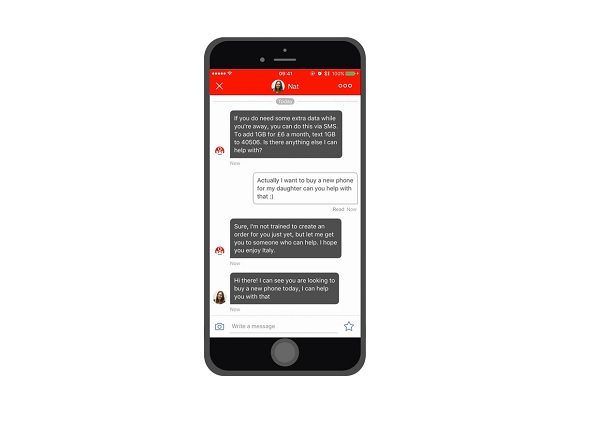Virtual customer assistants, so-called “telcobots”, could help operators save $1.2 billion in customer care management costs by 2022 as they are set to improve customer engagements and reduce churn, new research has claimed.
A report from ABI Research said operators’ savings will experience a compound annual growth rate of 17 percent between now and five years’ time.
Telcobots currently help customers with the likes of account enquiries, SIM purchases, troubleshooting and technical assistance. Operators are using a range of AI software, including IBM Watson, Nuance, LivePerson, and IPsoft, or choosing to build software in-house.
Sarju Vasavada, Industry Analyst at the research house, said the savings were particularly impressive given they are not early adopters of the technology.
He added: “The recent introduction of virtual assistants in customer service signifies the level of urgency within telcos to start emphasising the importance of customer relationships and customer care management, something they have been taking for granted for decades.
“Case in point, Vodafone released TOBi, a virtual assistant to address their customer service woes after being fined £4.6 million by UK regulators Ofcom for falsely charging more than 10k pay-as-you-go customers for top-up credit. They also had a record-breaking number of customer complaints until TOBi stepped in.”
In addition to Vodafone’s TOBi, Telefónica is readying its Aura digital assistant for launch next year, as is Orange with Djingo. Deutsche Telekom’s Tinka is being used by an average of 50,000 customers per month.
The analyst house predicted operator investment in AI will have a CAGR of 22.4 percent, hitting $14 billion by 2022.
Vasavada added: “Telcos are slowly but steadily getting ready for prime time. We are bullish on telcos making this “next-gen” leap within next five years.”



